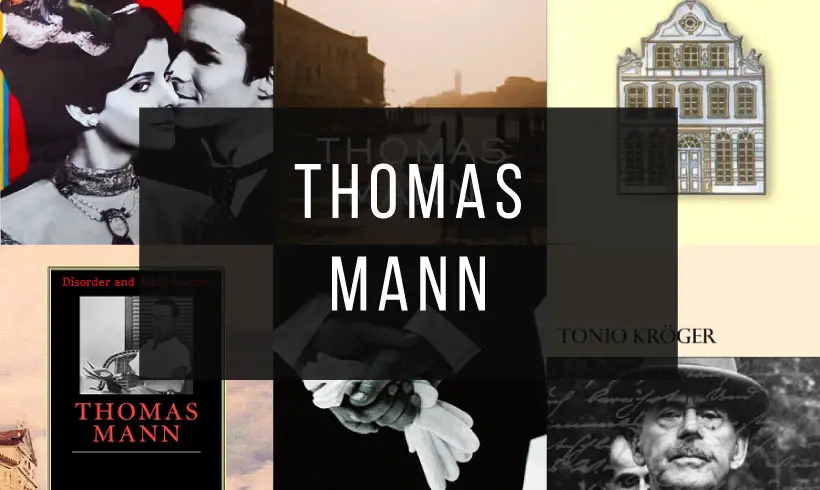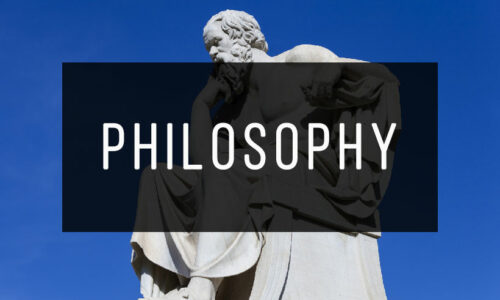Thomas Mann was born in 1875 in Lübeck, Germany. He was the son of a senator and merchant, Thomas Johann Heinrich Mann, and Júlia da Silva Bruhns.
After the death of his father, he moved to Munich with his family. There he attended a science school and then the Ludwig Maximilians University of Munich and the Technical University of Munich, where he studied economics, history of the arts and literature to pursue a career in journalism.
His writing career began with a short story, “Little Mr Friedemann”, published in 1898. Mann began writing his first novel in 1896, “Buddenbrooks”. It is a story about a merchant family that captured the public’s interest and made Mann rich and famous.
He also wrote a dramatic genre novel, but it did not meet with similar success. So Mann decided to focus more on short novels. His reputation as a writer increased with his novel “Death in Venice”, published in 1912. This book describes the experiences of a writer who goes to Venice and falls in love with a young man.
Many of his works revolve around homosexual themes; however, his marriage to Katia Pringsheim, who belonged to a very wealthy Jewish background, confirmed his tendency towards heterosexuality. They had six children. Other books with the same theme are “The Blood of the Walsungs” and “The Holy Sinner”.
Mann wrote many fictional novels, among which “Royal Highness” (1916) and “Early Sorrow” (1929) stand out. In 1924 “The Magic Mountain” was published, considered Mann’s most critically acclaimed work. It is said that it took him ten years to complete this novel.
His novel “Royal Highness” won him the Nobel Prize. This story was inspired by his happy marriage, giving rise to a story about form and life and their reunion.
World War I changed Mann’s opinion of the monarchy and German supremacy. He left Germany in 1933 and finally settled in the United States in 1938, after living for a time in France and Switzerland.
He worked for some time at Princeton University. Other novels by Mann are “The Stories of Jacob”, published in 1933, and the following year, “Young Joseph”. These are stories based on biblical characters, with “Joseph in Egypt” and “Joseph and His Brothers” as part of the tetralogy. Inspired by Russian culture, he wrote essays on Leo Tolstoy and his perpetual realism.
Mann’s writing style can be described as finely formed, full of humor, irony and satire. His writings are very delicately composed, with a deep and meaningful focus on an even deeper level of representation.
Thomas Mann was one of the most renowned and greatest writers of the 20th century and his writings are praised not only in Germany but all over the world. He died of thrombosis on August 12, 1955 in Zürich. He was buried in Kilchberg. He left an unfinished novel, “Confessions of Felix Krull”.
1) The Blood of the Walsungs
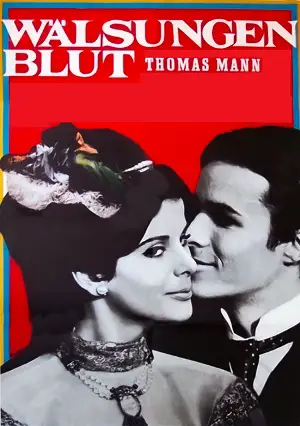
It is a novel originally written in 1905 and, although it was to be published in the January 1906 issue of Die Neue Rundschau, due to the controversy surrounding its protagonists and their resemblance to Mann's wife Katja and her brother Klaus, the story was suppressed for fifteen years until it finally appeared in book form in 1921.
The Blood of the Walsung is one of Thomas Mann's most iconic and controversial works for its depiction of anti-Semitism and incest. It introduces us to the Aarenholds, a family belonging to bourgeois society, and specifically to its youngest members, the twins Siegmund and Sieglinde, who love each other deeply to the point of having an incestuous relationship.
We also have Beckerath, a somewhat bored civil servant from a good family, who soon becomes Sieglinde's husband.
2) Death in Venice
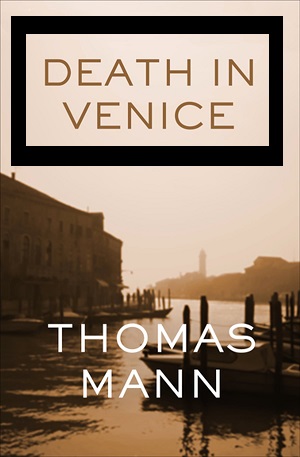
Death in Veniceis a short novel published on May 23, 1912.
The novel tells an apparently very simple anecdote. It presents only two well-characterized characters who develop a minimal action. The settings of this action are reduced, almost, to the spaces of an exclusive Venetian summer hotel and the beach adjacent to the hotel, places that alternate in the routine languor of a vacation stay.
The interest of the play lies, however, in the inner drama of one of the characters, Gustav von Aschenbach, a prominent middle-aged German writer who has come to Venice seeking to renew his lost inspiration.
Once installed in the hotel, Aschenbach becomes interested in a Polish teenager named Tadzio, gifted with extraordinary beauty, who ends up becoming an object of silent adoration for the writer.
3) Buddenbrooks
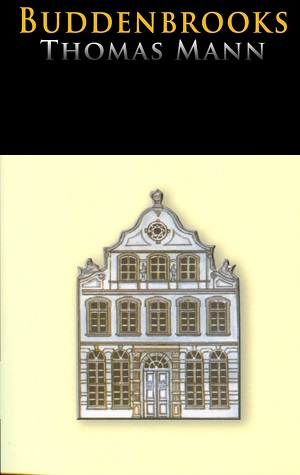
Buddenbrooks is the German writer's first novel, published in 1901.
The novel was a resounding success, and by 1929 had sold more than 185,000 copies in German-language editions alone. The Nobel Prize was awarded to Mann that year, in the words of the jury "mainly for his great novel, Buddenbrooks' '.
Buddenbrooks chronicles the vicissitudes of a prosperous Lübeck merchant family between 1835 and 1877, spanning four generations of the family.
Mann's project to write a family saga dates back at least to the summer of 1897, when he discussed it in a letter to his friend Otto Grautoff, dated August 20. The author found inspiration for the novel in Richard Wagner's operatic tetralogy The Ring of the Nibelung.
4) Disorder and Early Sorrow
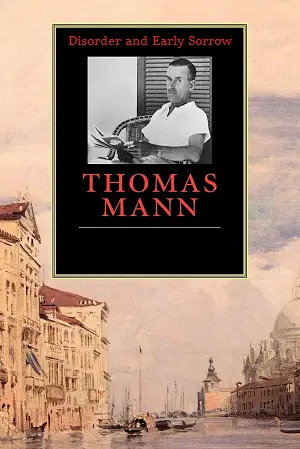
Disorder and Early Sorrow is a 1925 novella that tells the story of the Cornelius family through the perspective of one of its members: Abel, a 47-year-old university professor whose status in society was once highly respected, but has declined markedly.
The play explores the psychosocial impact of the Weimar hyperinflation, and one of its central themes is the interaction between the different generations in that time of great social and economic change. The Cornelius family is said to be a reflection of Mann's own family.
In the novella, the characters are classified into groups: Abel and his wife are "the old folk"; his two older children, teenagers Ingrid and Bert, "the big folk"; his younger children, Ellie and Snapper, "the little folk"; and Abel's parents, "the ancients".
5) Felix Krull
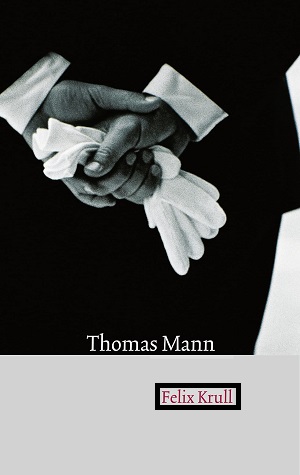
It is an unfinished novel from 1954, although Mann had it planned since 1905. It is narrated by its protagonist,Felix Krull,a swindler and adventurer who has a masterful ability to play any role he wishes, which enables him to win the favors of others.
Krull avoids military service by inducing symptoms of illness in himself and heads to France, where he takes a job at a prestigious hotel, where he manages to act as both servant and guest. Moreover, thanks to his charm, good looks and intelligence, he wins the heart -and some of the money- of a rich writer.
When he meets the Marquis de Venosta, he agrees to help him in his love affairs, and later accepts, for a considerable price, to impersonate him on a trip around the world. This novel is a good example of the immorality of the artist (in this case Krull's criminality is his art), as well as a strong criticism of the modern bourgeoisie.
6) Tonio Kroger
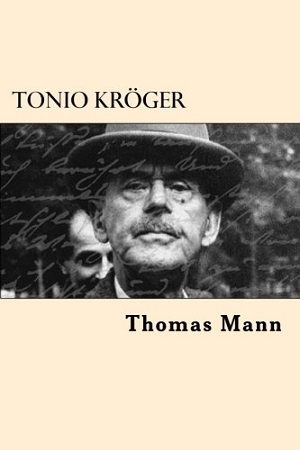
It is a novel written in early 1901 and first published in 1903. The work traces the key events in the life of Tonio Kroger, from his school days to his adulthood, when he becomes a famous writer. He is the son of a northern German merchant and an artistically gifted southern mother.
As a child, he experiences contradictory feelings towards the bourgeoisie, feeling both superior in knowledge but at the same time envious of them, a conflict that lasts until his adulthood. In addition, our protagonist struggles for balance between art and life.
This novel, largely autobiographical, addresses the issue of the separation between the world of art and the world of everyday life, as well as the artist's position between the two: “the person who lives does not work and… an artist must virtually die in order to be fully creative”.


